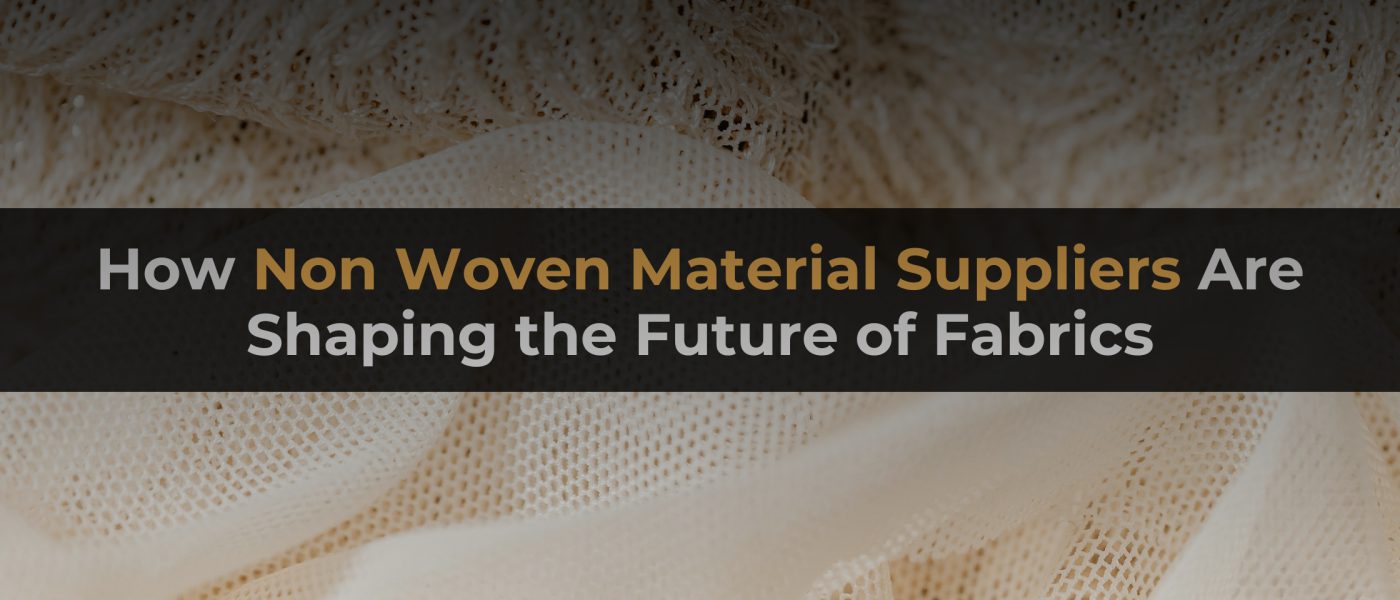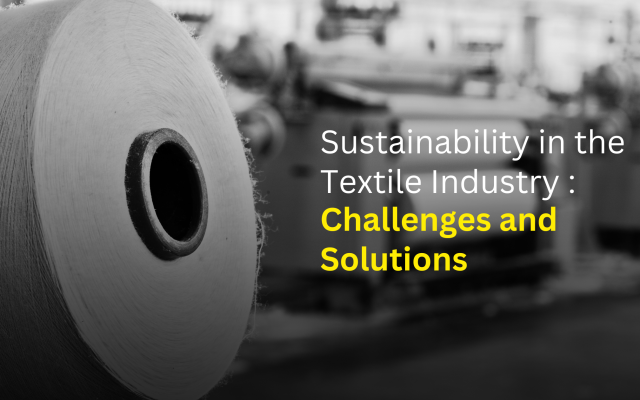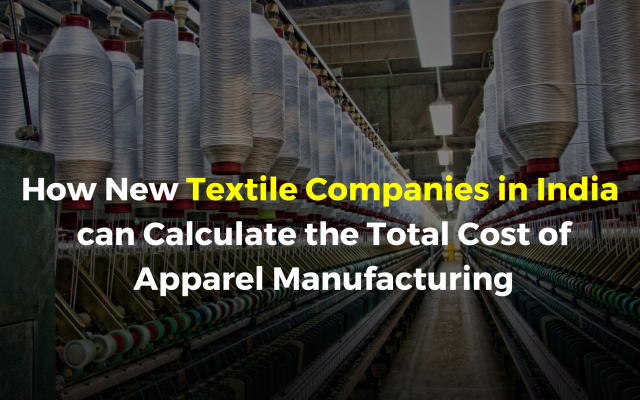The textile industry is always changing and now non-woven material is leading the charge. They are changing how fabrics are made and used in a big way. This article is based on how non-woven material suppliers are really making a difference in what the future of fabrics looks like.
The Role of Non-Woven Material Suppliers
The role of non-woven material suppliers in this particular industry is to offer not only the required raw materials to producers but also to lend their know-how for the same to be utilized in various fields. Suppliers simply do not deliver goods; additionally, they bring along new ideas, ensure that products are of high quality, and are friendly towards the environment.
Innovations by Leading Suppliers
Top players in the field of non-woven materials are always coming up with new ideas to keep up with what the market needs. To make their materials better, add new uses for them and make the way they make things more efficient they put money into research and development.
Market Trends and Demand
Healthcare, automotive, construction, agriculture are some of the reasons why the increasing use of nonwoven fabrics is making global demand high. Markets are observed by suppliers keenly so as to fit into growing applications and customer wishes with their commodities.
Environmental Impact and Sustainability Efforts
With an increasing number of environmental worries, suppliers of non-woven fabrics are turning to environmentally friendly practices during the entire manufacturing process.
Eco-Friendly Practices
Various suppliers are introducing eco-friendly manufacturing processes, which help reduce energy usage and decrease carbon footprints. These actions involve the utilization of recycled fibers, biodegradable materials and water-saving technologies.
Recycling Initiatives
There is a growing movement among suppliers to devise creative ways of recycling non-woven fabrics. By doing so, they reduce the amount of refuse in landfills and save on resources.
Non-Woven Materials in Various Industries
The multipurpose uses of woven materials have enlarged their use in various industries showing their flexibility and performance benefits.
Textile Industry Adoption
Lightweight, breathable and insulating properties of the non-woven materials draws their application in garment making, geotextiles and upholstery in the textile companies in India.
Medical and Hygiene Applications
Non-woven fabrics are needed in medical textiles such as surgical masks, gowns and wound dressings because they have special properties against infections while enhancing patients’ comfort. This is in addition to being used in making products such as diapers and wipes.
Advantages of Non-Woven Materials
Suppliers emphasize that non-woven materials have numerous benefits compared to conventional fabrics, hence their wide usage.
Cost Efficiency and Durability
This type of fabric is cheap and has high strength therefore it can be used over a long time in different conditions.
Customization and Design Flexibility
Design professionals love how they can customize non-woven materials for certain performance-related needs as well as style specifications amid the high demand for customization in the Fashion-Industrial complex.
Future Prospects and Technological Advancements
In looking to the future, non-woven material suppliers are exploring new growth opportunities through technological advancements and strategic partnerships.
Research and Development
Investments in R&D are causing innovations in non-woven materials, this includes innovative fibers, coatings, and composite materials that enhance performance and functionality.
Integration with IoT and Smart Fabrics
An exciting area where smart textiles are created through the fusion between new types of fabrics and the Web is healthcare monitoring, wearable electronics, etc.
Conclusion
The non-woven material providers play an important role in propelling advancement, conservation as well as expansion of the market in the sartorial sector. Sustaining this practice involves having the latest advancements and eco-friendly procedures to be followed which is why such textiles will remain the backbone for future fabric designs which are meant for international markets.




